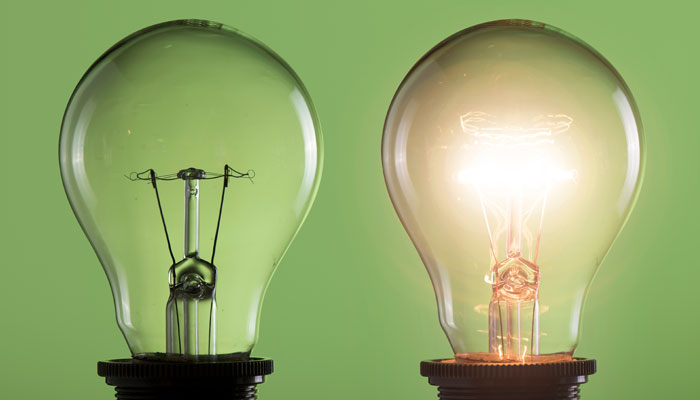A low-carbon economy simply means one whose power needs are derived not primarily from carbon-intensive sources such as fossil fuels but from ‘cleaner’ or less carbon-intensive energy sources, such as wind, solar and hydroelectric power. Other forms of clean energy include, for example, wave power and geothermal which are technically feasible but less common than wind or solar. Biofuels can play a role, but I see them as fuel substitutes rather than a clean technology.

Winds of change: Obsolete coal-fired power stations are cheaper to replace with wind or solar alternatives.
Our research suggests that a move towards a low-carbon economy could lead to an estimated $20 trillion in new global wealth creation driven by the commercialisation of clean tech patents, meaning there are significant opportunities for business to create wealth and drive GDP for decades to come.
This means that market forces, rather than government policies alone, will drive the transition to a low-carbon economy. For example, when a coal-fired power station becomes obsolete, it’s now simply cheaper to replace it with a wind or solar alternative.
For the Australian consumer, the switch to clean energy will transform our lives. Petrol bowsers will disappear from our roadsides and driverless cars will be a reality within most of our lifetimes, powered by electricity or even hydrogen fuel cells, which, unlike the limited storage capacity of a battery, could propel your car literally thousands of kilometres.
Evidence of the move to a low-carbon economy is already visible in the proliferation of solar panels on Australia’s suburban rooftops. In future, domestic solar power generation will probably also see some centralised solutions, leveraging better storage technology and more efficient distribution to individual homes.
The switch to clean energy will transform our lives. Petrol bowsers will disappear from our roadsides and driverless cars will be a reality within most of our lifetimes.
The orderly transition demanded by the Reserve Bank will need action at all levels. Government will have to enable it, industry will have to deliver it, and consumers must make a holistic mind-shift about how we live.

Under the sun: The move to low carbon is evident on the solar-panelled rooftops of suburbia.
We’re seeing this already in some European countries, where urban planning is based around sustainable community living: extensive recycling, mixed-use development, prioritised public transport, shorter commutes to work.
There is concern in Australia about clean energy resulting in higher power bills. But there is a scientific imperative that we shift from a high carbon economy, or face devastating climate change consequences. What would be the point in paying $20 less on our power bill if we’ve got an environment we can’t live in anymore?
Professor Martina Linnenluecke leads the Centre for Sustainability and Environmental Finance at Macquarie Business School.



